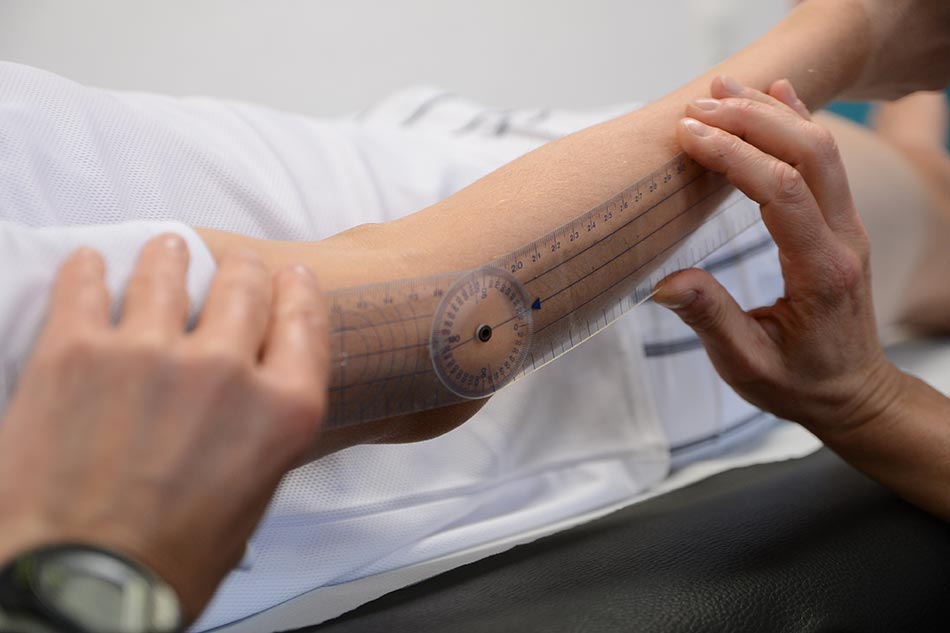Prader-Willi Syndrom
With an incidence rate between 1:10.000 and 1:30.000, the Prader-Willi Syndrome (PWS) belongs to the group of rare diseases and represents a complex neurogenetic dysfunction. PWS results from a defect on chromosome 15, which exists right from the beginning of pregnancy and leads to changing processes in the interbrain. The leading symptoms of PWS are, amongst other things, mental disability, increasing food intake, lack of growth as well as sex hormones, muscle hypotonia, and a modified metabolism. The latter results in a reduced metabolic rate.
Apart from that, people affected reveal a disproportion of increased body fat and reduced muscular mass by birth. In combination with uncontrolled and increased intake of food, these symptoms lead to an extreme long-term adiposity along with strong truncal obesity, demonstrating a body-mass-index up to 50. This extreme long-term adiposity then provokes typical secondary illnesses such as cardiovascular or respiratory diseases, diabetes type II as well as disorders of the locomotor system like scoliosis, joint disorders and osteoporosis, which are all typical of PWS.
Cognitive and motoric development of children with PWS, both, proceed with delay. Besides general reduced physical activity, children suffer from limited motoric skills, reduced muscle tension and strength, restrictions of balance as well as limited endurance. These symptoms often last until adulthood. Few studies emphasize the efficiency of specific training in order to improve body constitution of people with PWS and show that the response to these stimuli of the muscular system of children with PWS can be compared with the one of healthy children. Specific training can support people affected to regulate their body weight and to compensate muscular deficits. Training of motoric skills is an important aspect when managing everyday life and reducing the risk of fall. Moreover, the increase respectively the maintenance of general physical fitness depicts an important factor in order to minimize the risk of secondary diseases in general.
